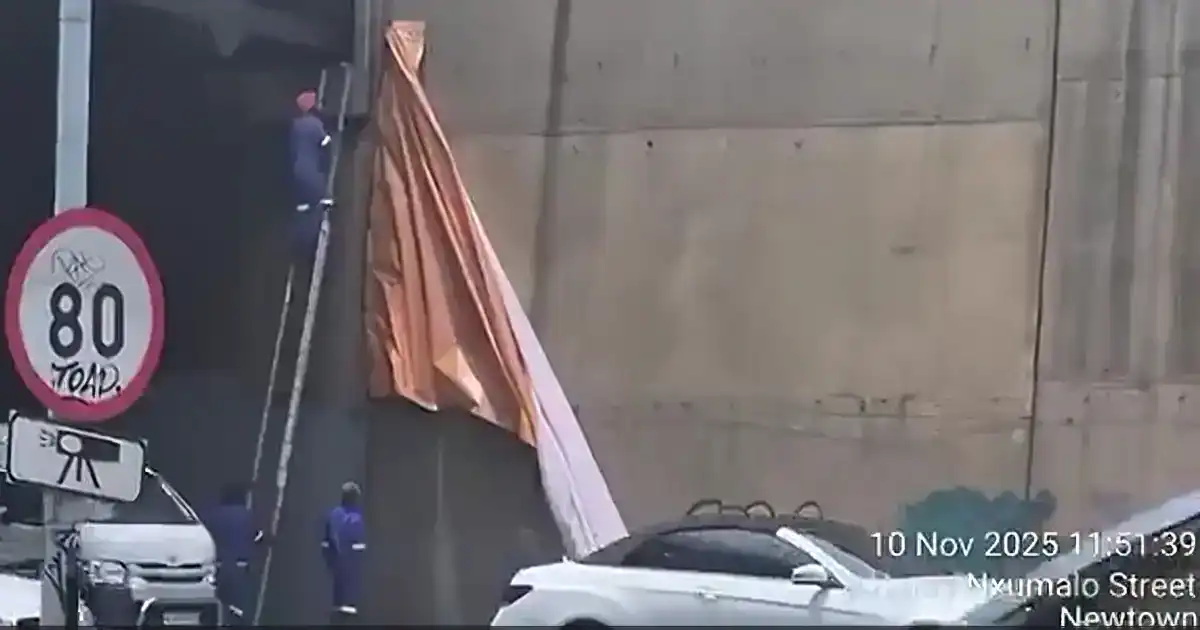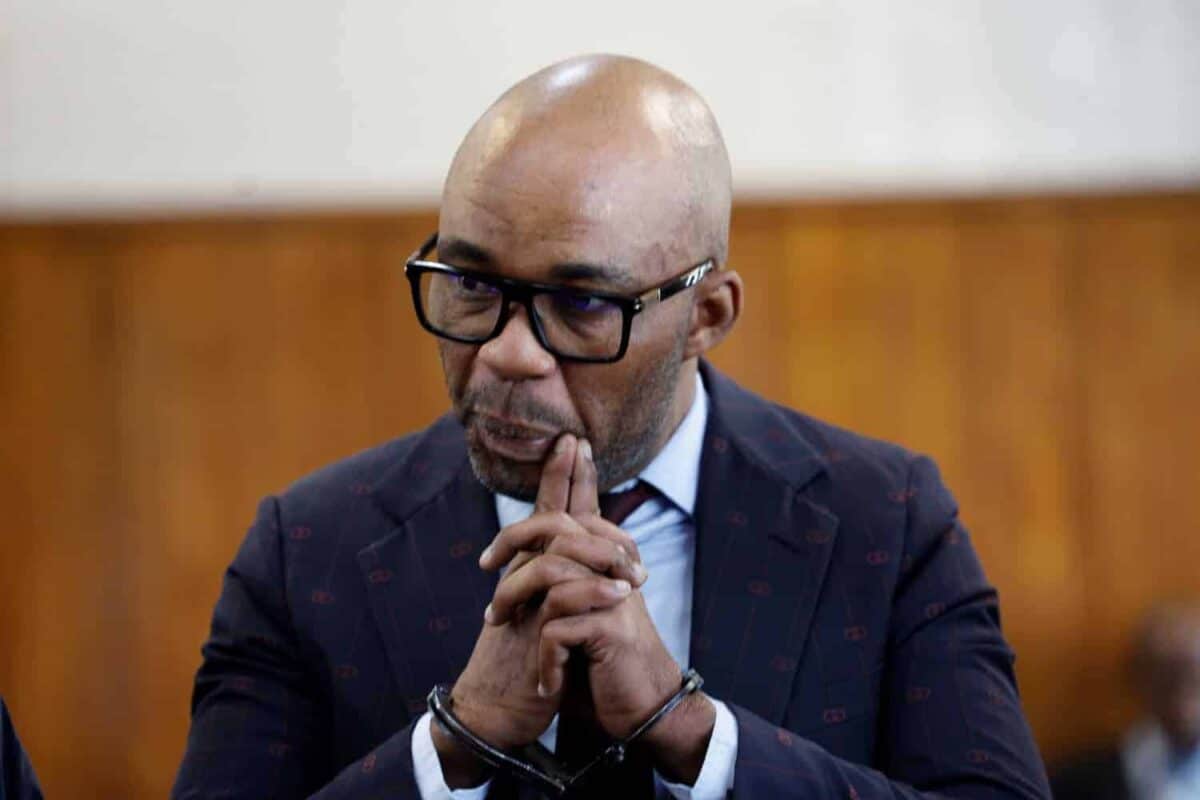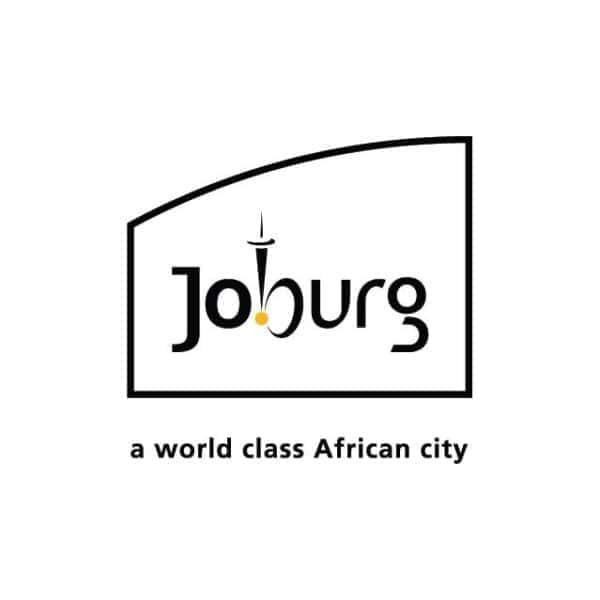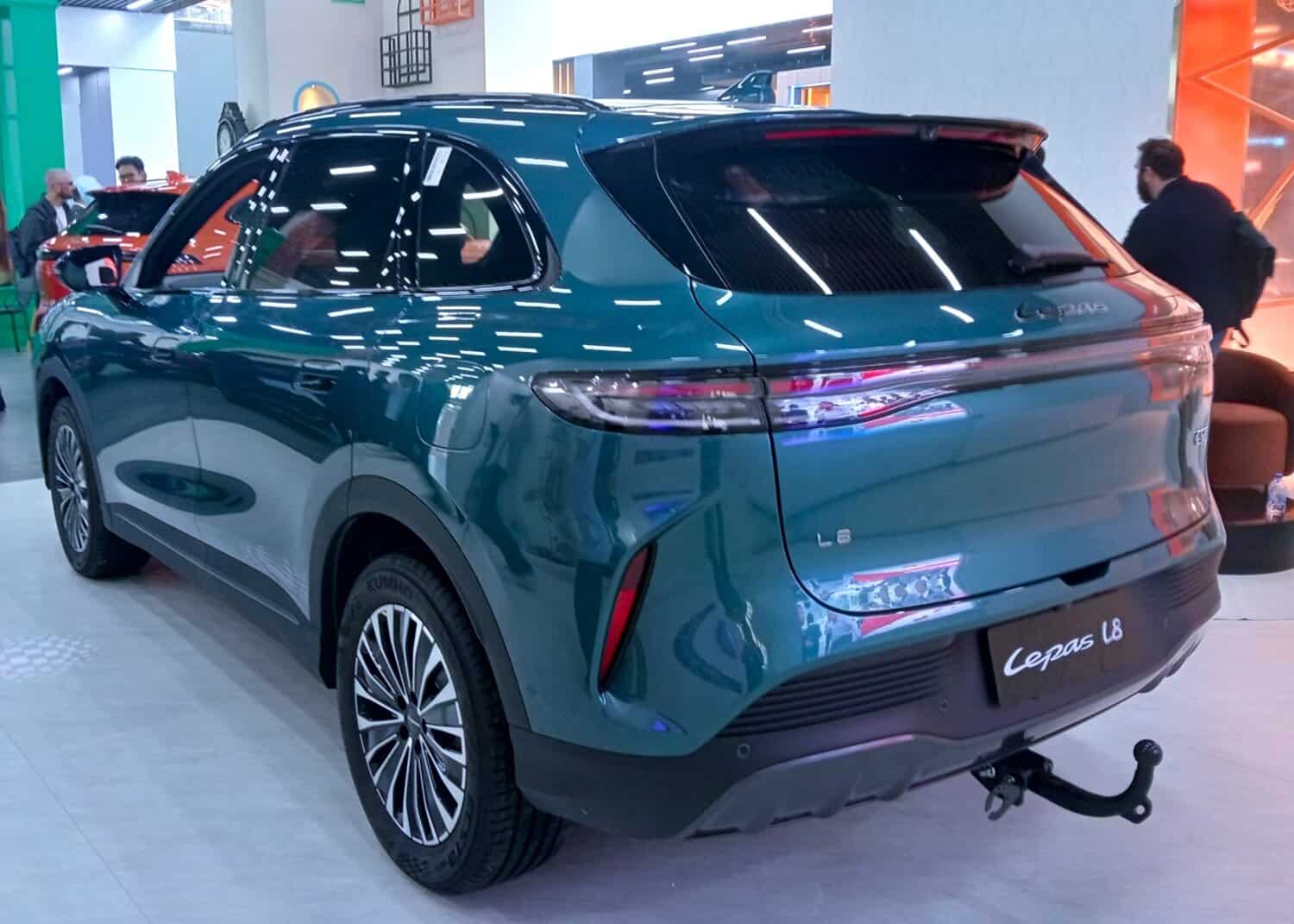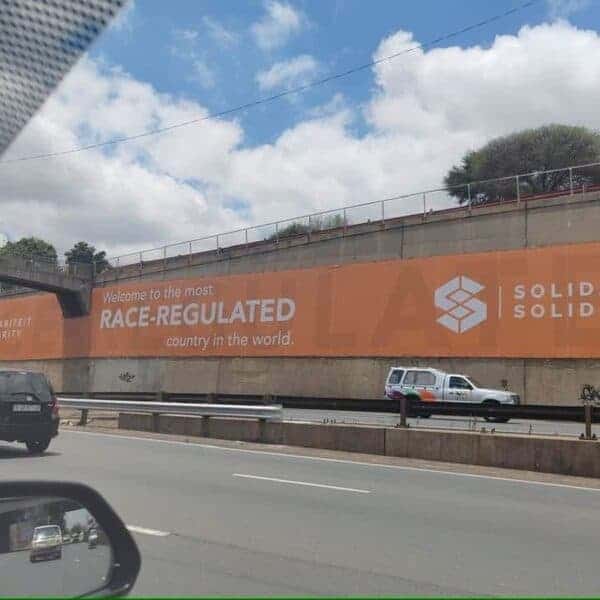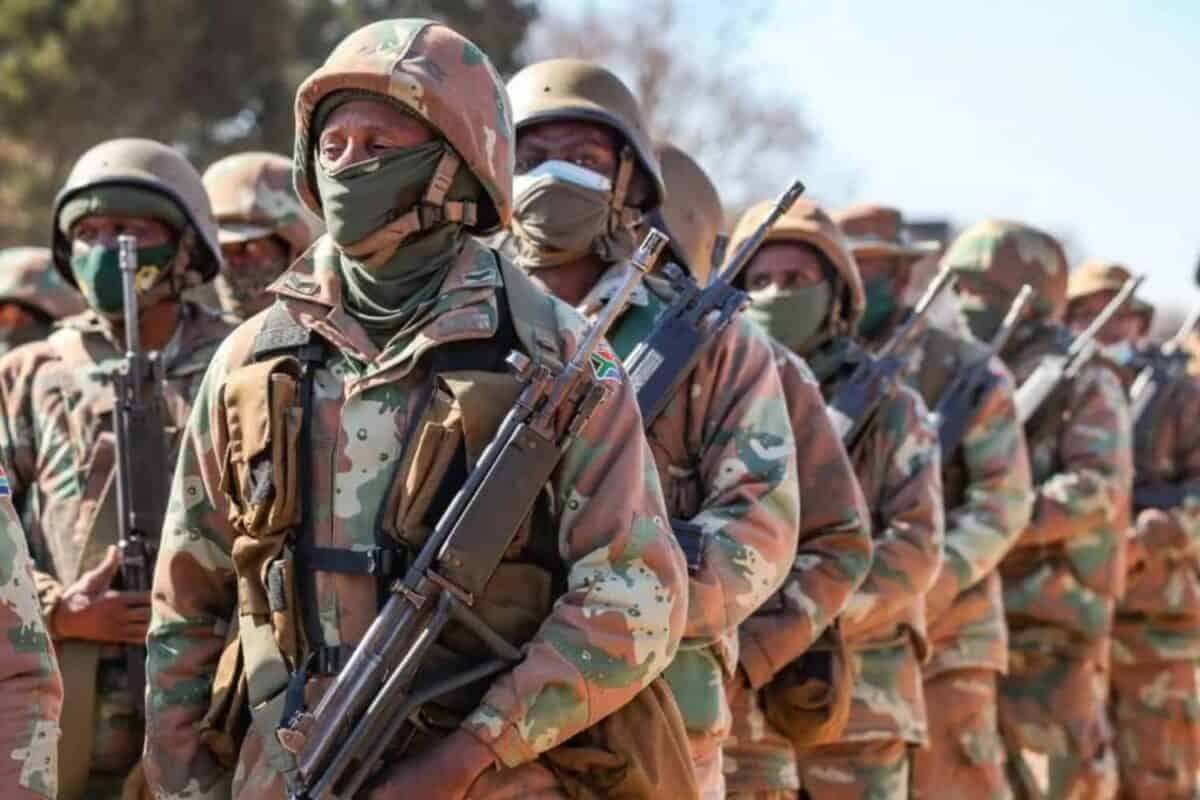Silent heroes of Monusco: SA troops come home from DRC
South African soldiers who served under the UN in the DRC return quietly, marking the end of a demanding year-long peacekeeping mission.
About 350 members of the South African contingent to the United Nations Organisation Stabilisation Mission in the Democratic Republic of the Congo (Monusco), who formed the Force Intervention Brigade (FIB), returned home this week.
There was no fanfare, no shutter clicks of media cameras nor the glare of television lights.
Instead, the men and women of the SA National Defence Force disembarked from their aircraft at Bram Fischer International Airport in Bloemfontein before heading to the demobilisation centre in De Brug.
It is at De Brug where they prepared for their 12-month deployment a year ago, the same place where countless other members of the SANDF have trained to keep the peace in Africa, ready for deployment anywhere on the continent where they have been required.
Monusco, the UN’s mission to the Democratic Republic of Congo, was the global body’s biggest and longest deployment.
Created in 2010, it was unique in both its scope and scale, as well as for the establishment of the tri-national FIB, the only military unit in the entire UN peacekeeping operations mandated to use force offensively.
South Africa played a significant role in both, with former SANDF chief of joint operations Lieutenant-General Derrick Mgwebi capping his illustrious career with a two-year term at the helm of Monusco.
Several South African brigadier-generals have commanded the FIB with distinction, which has always contained a standing SA infantry battalion.
But Monusco has drawn members from other parts of the SANDF; fighting soldiers, medics, engineers and gallant airmen, like Lieutenant-Colonel Stefan King, who has been nominated for the United Nations’ highest award for gallantry, the Captain Mbaye Diagne Medal for Exceptional Courage.
ALSO READ: Remembering 11 November: Lessons of sacrifice
It has been immensely perilous, too. Both SAAF flight engineer Sergeant Vusimusi Mabena and Major Tolla Pieterse were posthumously awarded the Dag Hammarskjöld medal after paying the ultimate price to keep the peace.
This week, much of the world commemorated 11 November, 1918, the days the guns finally fell silent in the war to end all wars, World War I.
Sadly, our experience has been the opposite despite the very best attempts of first the League of Nations and then its successor, the United Nations.
Africa has emerged as one of the flashpoints and South Africa’s contribution has been unstinting in our support of the African Union’s Agenda 2063 to silence the guns and make the continent conflict free.
Following the mandate given by our first commander-in-chief, Nelson Rolihlahla Mandela, we have gone into the flashpoints and stabilised those areas.
Where we have been unable to forge a lasting peace on our own, we have bought priceless time for the rest of the world to help intervene.
The situation in the DRC, where we have been both a longtime force contributor to the UN as well as a key driver of the southern African mission to the DRC is a case in point.
Wars are not solved militarily, but by political solutions.
The DRC needs a political solution, one which we are sure is well within reach given the stated intentions of the global mega powers to step in and get the different parties to the negotiating table.
ALSO READ: Classified upgrade at SANDF base involves Chinese technicians
Had the South Africans not been there in the first place, there would have been little to negotiate because the rebels would have overrun first the eastern part of the country, and then the rest.
Peacekeeping is a thankless task. It is far more nuanced and therefore infinitely more complex than warfighting.
The theatres of conflict are not just on the ground or even in the air, but also in cyberspace for the hearts and minds of the spectators.
Our members have had to endure both the shots of the enemy and the shrapnel of social commentary.
By and large, they have acquitted themselves exceptionally well over the past 25 years of this deployment, one of the longest and most dangerous of all UN missions.
The curious, spurred on bythe mischievous, often ask why?
Why does South Africa, a country with no known enemies, send its sons and daughters to a foreign country many thousands of kilometres away to put their lives in danger and, possibly, even return in a body bag?
Why do we do that to our soldiers when we have more pressing domestic issues, whether it be safeguarding our territorial integrity across our 4 471km land border, or assisting our overstretched organs of law and order?
ALSO READ: ‘Far Gone’ is the child soldier war story you’ll always remember
The answer is simple, remembering for a moment that we already do stand vigil along our land border and patrol our sealine.
We do send our medical service into the rural areas, while our engineers purify water, fix roads and build bridges.
But we also send our soldiers into Africa to keep the peace, because, as Mandela knew, if Africa does not know peace, then we will not know peace.
Peace, he said, was the greatest weapon for development that any person can have.
The Bible (Matt 5:9) is unequivocal: “Blessed are the peacemakers for they shall be called the sons [and daughters] of God.”
That is reward enough for these men and women of the SANDF – and for those who come after them to take up their baton.
We are grateful that this contingent at least will be home in time to enjoy the festive season with their families in their homes.
We shall not forget them or the generation of peacekeepers who patrolled the often difficult and dangerous terrain of the eastern DRC as part of Monusco.
We thank them for representing us with honour and being prepared to pay the ultimate price to protect those who cannot protect themselves in the face of an implacable enemy.
NOW READ: SANDF soldier shoots teenage son before trying to take his own life

